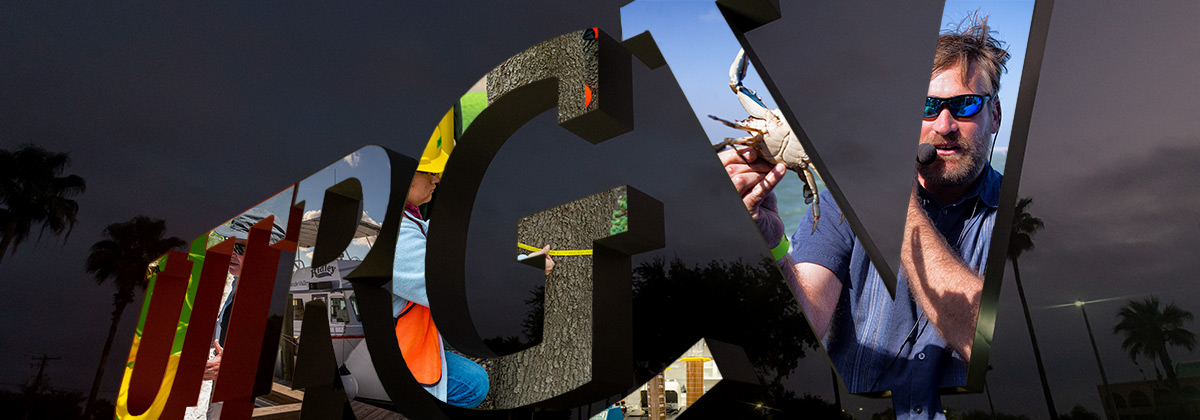
School of Earth, Environmental, and Marine Sciences Faculty Publications and Presentations
Document Type
Article
Publication Date
11-2017
Abstract
Visual observation methods via SCUBA are commonly used to survey artificial reef fish, although conditions in the Gulf of Mexico often make surveys difficult or even dangerous for divers. In this study, sidescan sonar was used to quantify water-column fish abundance and was compared to the established visual observation methods on SCUBA over four reef sites. Calibrated intensity values measured from sidescan sonar echo returns were used to estimate fish body length and to calculate scaled biomass (g/m2 reef) from a pooled fish length–weight relationship of commonly observed reef fish in the area. Sidescan sonar methods were equivalent to SCUBA surveys for measuring fish abundance over the same reef areas; however, overall reef-associated abundances measured with sidescan were significantly higher because the sidescan could measure a larger water-column area and furthermore allowed for a rapid assessment of abundance on a greater number of reefs in a single sampling day. Scaled abundance and biomass differed significantly between structural types, with the reefed oil-jacket structures in deeper, federally managed waters showing the highest scaled abundance and biomass. With sidescan methods, five reef sites could be surveyed in one day, demonstrating the capability for macroscale comparisons of fish abundance, biomass, and structural preference among sites.
Recommended Citation
Bollinger, Michael A., and Richard J. Kline. "Validating sidescan sonar as a fish survey tool over artificial reefs." Journal of Coastal Research 33, no. 6 (2017): 1397-1407. https://doi.org/10.2112/JCOASTRES-D-16-00174.1
Publication Title
Journal of Coastal Research
DOI
10.2112/JCOASTRES-D-16-00174.1



Comments
© Coastal Education and Research Foundation, Inc. 2017. Open Access